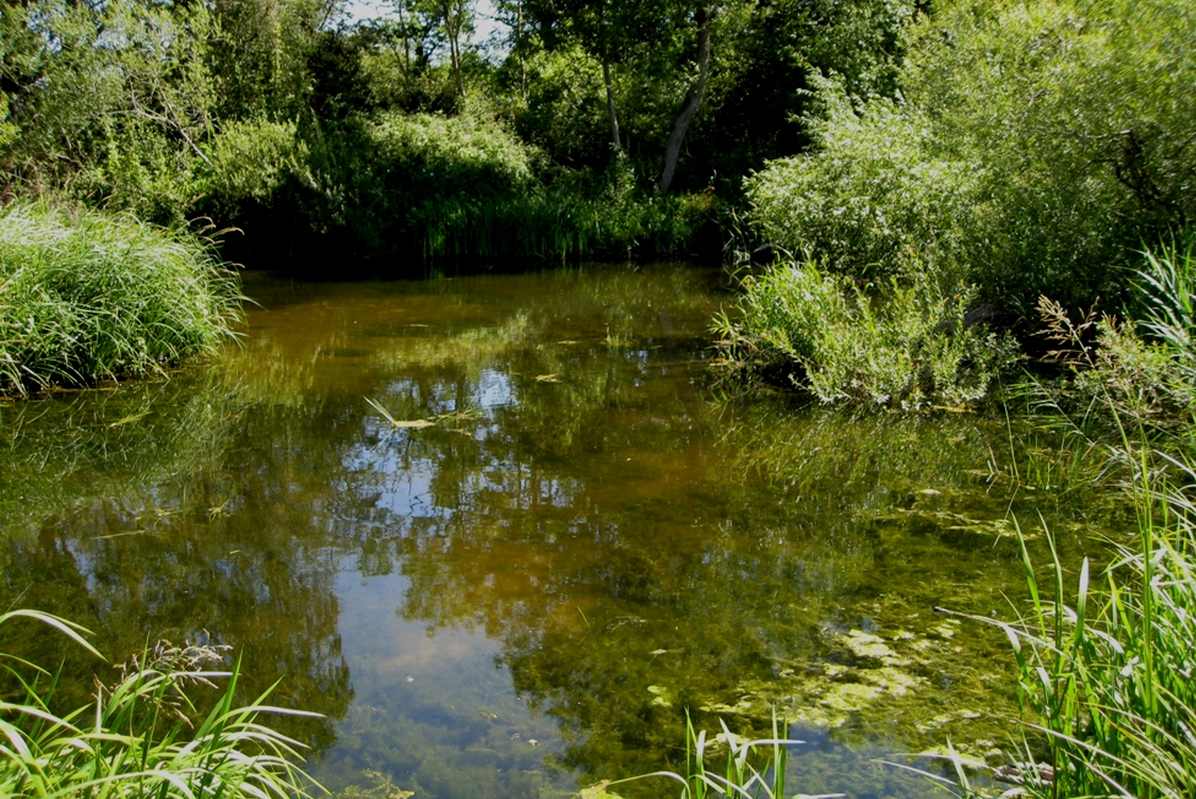The likes of the Stickleback, Minnow, Gudgeon and Perch are often the first fish ever caught by an angler or child dipping their net amongst the margins of a river or stream. Their sublime colours, spikey fins and differing body shapes are the perfect introduction to the variety of life found beneath the water’s surface. Whilst many of the rivers in our area are famed for their Brown trout, Grayling or Salmon, it is sometimes easy to forget the diversity of non-salmonid species that swim in our rivers, referred to as ‘coarse’ fish. The Hampshire Avon and Dorset Stour are two of England’s most revered river fisheries, with anglers travelling great distances to target the specimen sized Barbel, Chub and Roach in the middle to lower reaches of each river. Even the most famous of our chalk streams, the Test and Itchen, support an abundance of coarse fish in the lower reaches.
Compared to salmonids, our coarse fish are typically considered to be a lot more tolerant to a wider range of conditions, but when we delve a little further into the ecology of our cyprinids (e.g. Barbel, Roach, Chub, Dace), percids (Perch and Ruffe) and esocids (Pike), it becomes clear they’ll only thrive in the healthiest of rivers.
Just like salmonids, coarse fish are reliant on access to a wide range of habitats to breed, feed, seek refuge and develop into adults, meaning they will sometimes migrate long distances in search of the perfect conditions. Most coarse fish are not as strong a swimmer as the likes of Trout or Salmon, resulting in in-channel barriers, such as weirs and sluices, posing a significant threat to the health of the population. Although weir pools can contain a variety of coarse fish, in the event of droughts, or pollution, these barriers can prevent fish from recolonising upstream, leaving the population fragmented and at risk of further deterioration.
Similar to salmonids, Barbel, Dace, Minnow, Chub and Gudgeon typically spawn upon fast flowing, shallow beds of clean (silt-free) gravel. These conditions can often be found where gravel riffles and runs are present either in the main channel or amongst the smaller tributaries. Once spent, the adult fish seek the deeper, more sheltered areas of the channel to recover, such as pools and glides protected by overhead cover from weed or fallen trees.
Like salmonids, juvenile coarse fish require a very different type of habitat to their elders, favouring the shallow, slower flowing, vegetated margins and backwaters of the channel. Some of these habitats have been lost to agricultural intensification or misinformed flood drainage practices. The historic dredging of the river channel not only removes the naturally shallow gradient of the margin, it also leaves the river disconnected from its floodplain. These unfavourable conditions leave juvenile fish at risk of being washed out of the system all together.
Working in partnership with the Avon Roach Project, Christchurch Angling Club and the landowner Sopley Mill Weddings, the Trust created a floodplain backwater for juvenile fish on the lower Avon (described in more detail in our
January 2019 newsletter).
The bare earth and gravel banks of the backwater at Sopley are now fully vegetated and more than a dozen species of aquatic and wetland plants are well-established, some from naturally germinating dormant seeds from the exposed soil, others drifting in as floating buds and plantlets, such as the Flowering Rush (Butomus) and Arrowhead (Sagittaria). The angling club volunteers are keeping the small inlet channel clear of excessive reed growth providing access for river fish that require shelter during flood events.
During this short site visit two kingfishers, a Cetti's warbler and a heron were seen beside the new pool. Juvenile fish present and confirmed by pond net capture included mainly Chub, Minnow, Dace and Gudgeon, with a few slightly larger chub and possibly roach seen hovering out of reach in the clear deeper water.
So, what’s the take home message here? By restoring natural processes and giving nature the space to ‘do its thing’, we can provide our wildlife, including coarse fish, the best opportunity to thrive for the future.

